By Julie Wright —President
Twitter:
Passion is an awesome thing. It gives you the drive needed to push past obstacles and embrace challenges. But passion alone isn’t enough.
To succeed as a strategic communicator, you need what the (W)right On Communications team calls contagious passion. Contagious passion is one of our core values. Why?
Because, if your passion for your client, pitch or charitable cause doesn’t infect others, you can’t advance it. With earned media, shared media and word of mouth driving more brand connections than paid strategies today, contagious passion is essential to your success as a communicator.
Any trending hashtag is a symptom of an outbreak of shared passion across the Twittersphere. It signifies that thousands of people are fired up about this Sunday’s game or the most recent national “holiday” celebrating chocolate eclairs or brandied fruit.
Similarly, a long string of comments on a Facebook post will raise a post’s visibility on the platform. In a way, the Facebook algorithm is fueled by contagious passion. But to achieve that kind of engagement you’ve got to develop content that contains an idea, concept or image people can connect to emotionally. Without that shared feeling, there’s no reason to care and without a reason to care, there’s no motivation to act. Which means failure.
I have a friend who has a contagious passion for slowing climate change. When she tells me about a book she encountered that examines the top 100 solutions for reversing global warming and what it taught her, it’s not long before I’m downloading my own copy of Project Drawdown and telling others about it. In a matter of 24 hours, I’ve infected three other people with this book’s intriguing research and ideas.
I’ve been thinking about our agency culture and the importance of our values, like contagious passion, because we added a new team member a few months ago. During the interview process and since joining the team, she has made it clear that she has a passion for communications, for her clients and for the work we do at (W)right On Communications.
Her client partners have quickly taken to her because they can see, and more importantly feel, that she cares about their organizations and achieving results for them. Her fast start has been remarkable but no accident. She brought the passion and infected others with it.
Think about the last time you were in a meeting where someone renewed your enthusiasm for a project or won you over to their vision or idea. I guarantee you that their contagious enthusiasm played a big part, and you probably applied yourself to the task with more gusto because you were inspired by it.
You can fake passion, but it’s hard to fake a contagious passion. If your words don’t align with your body language—animated gestures, leaning forward, maintaining eye contact—people won’t pick up on what you’re putting out. If your heart isn’t in it, then your passion won’t feel authentic to others or move them. Most importantly, it won’t fulfill you.
And that’s important. You should love what you do, care deeply about what you’re communicating and be invested in the success of your idea, client or team.
That passion motivates you to excel, to learn all that you can about your client or craft and to challenge yourself to grow and reach mastery.
We all encounter wet blankets in our work life. People who are genetic anomalies and immune to passion. They’re a bummer to work with or for, of course, and probably don’t understand why no one listens to their ideas or wants to go to lunch with them. Think Eeyore.
Those people are probably just in the wrong job or career. Or they’ve given up and lost their mojo.
For others who love what they do but struggle to muster a contagious passion, the cause can often be their own fear and insecurities. They’ve put a wall around their passion because they’re afraid to be wrong, to fail or to show that they don’t know something they should.
For your passion to be contagious, you need to get in touch with it. What excites you? What’s worth sticking your neck out for?
If you have a contagious passion for a hobby or a sports team, invest the same zeal into your client’s business or your employer’s industry to find the joy. It’s possible. Often, the more you invest yourself in a topic, the more exciting it becomes. It’s the difference between the college courses you had to take in your first year and those you chose to take in your senior year.
In the same way that smiling can make you feel better, choosing to find the joy can make you feel the passion. The cart doesn’t always have to follow the horse. The main point is to find it, feel it and spread it to others.
We spend a lot of time blogging here about communication strategies and tactics, but communication success starts with passion and the ability to make others care. What goes around comes around, and contagious passion is no exception. I hope you’ve felt mine and that this post leaves you a little more stoked to make the most of your work whatever it may be!
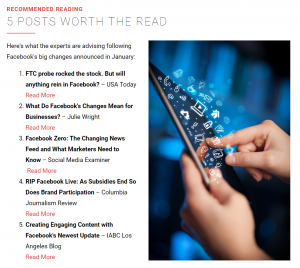
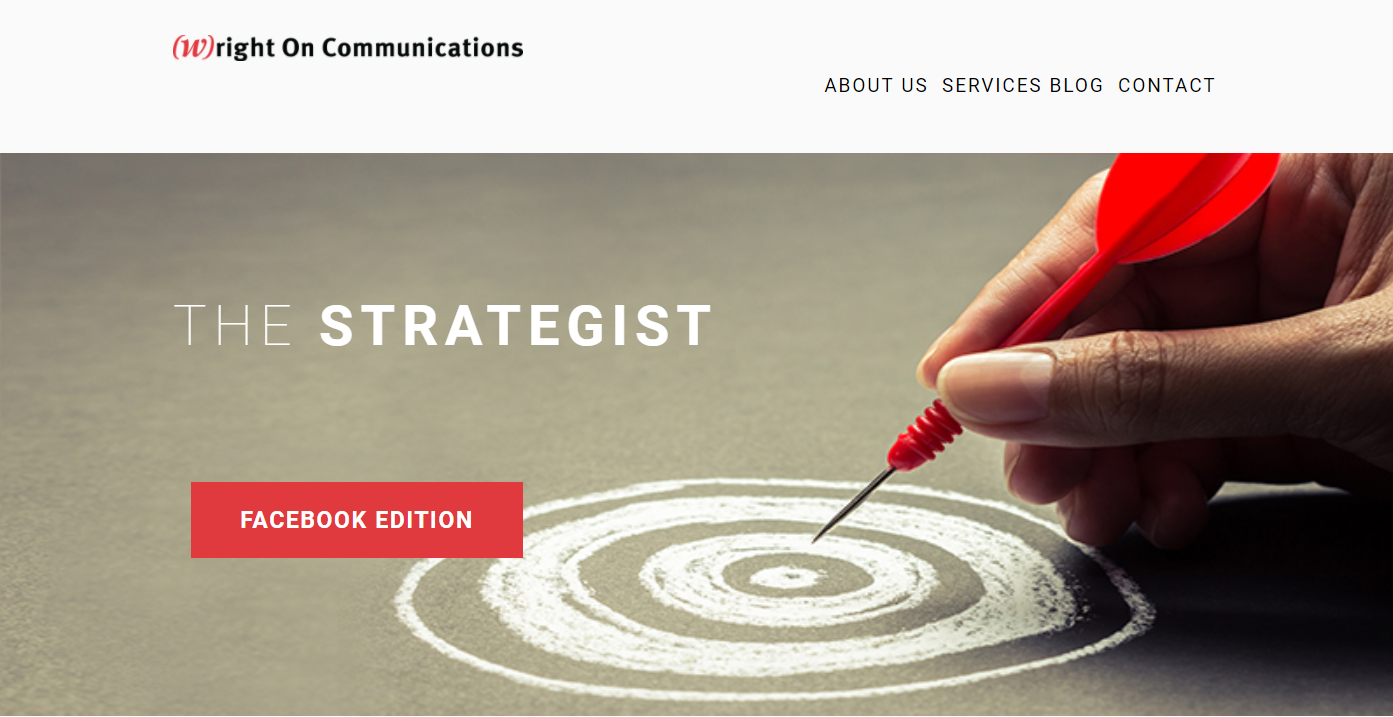

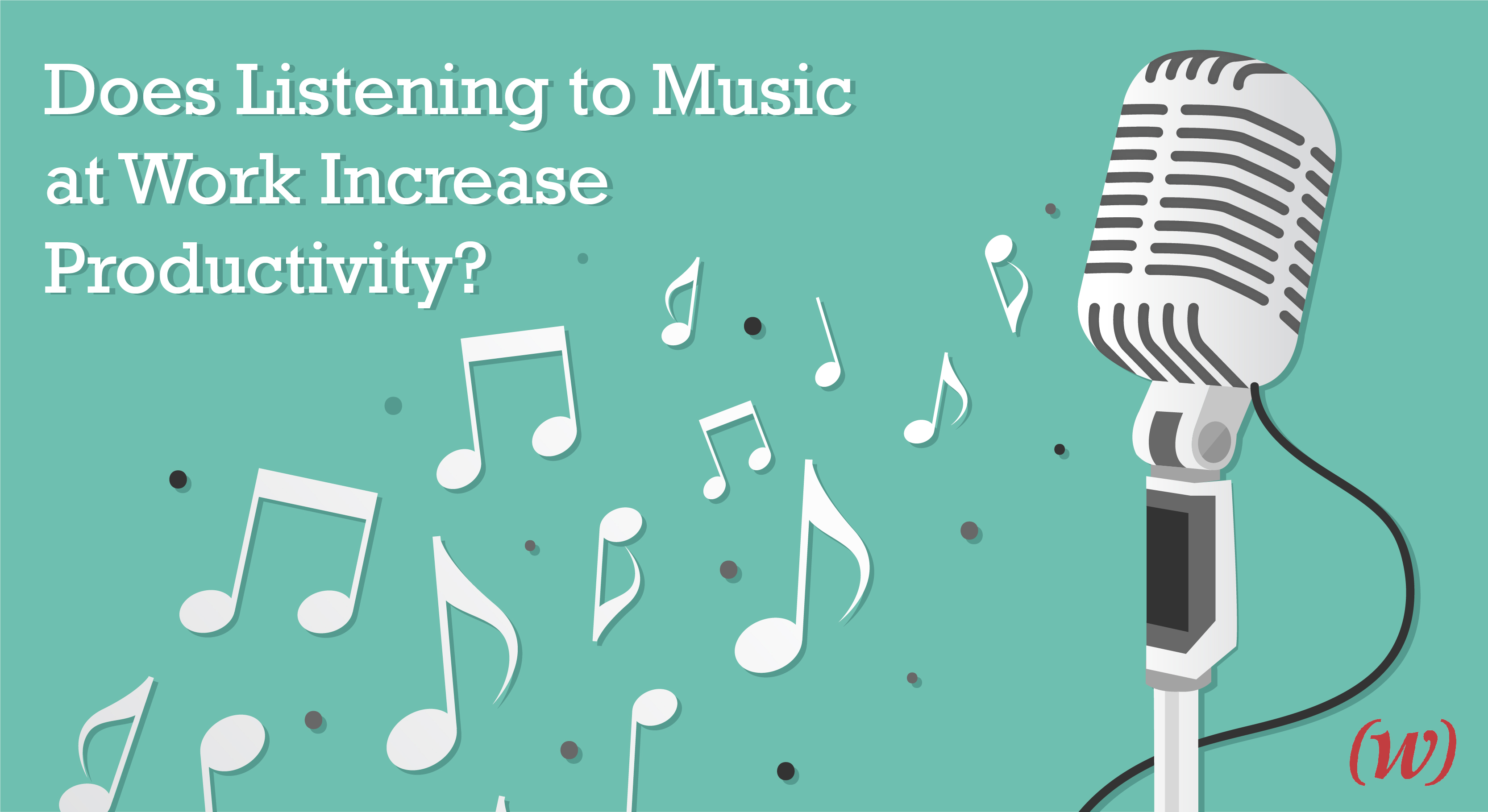


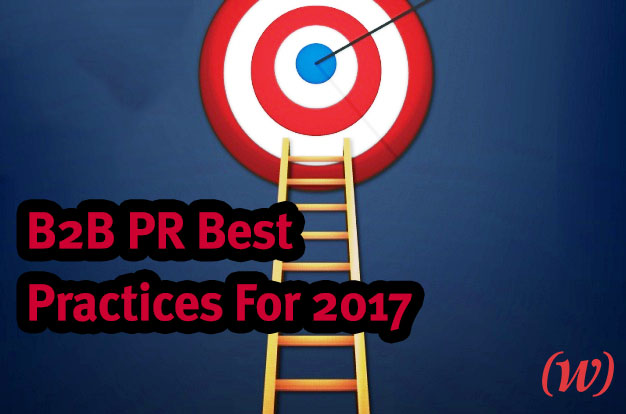



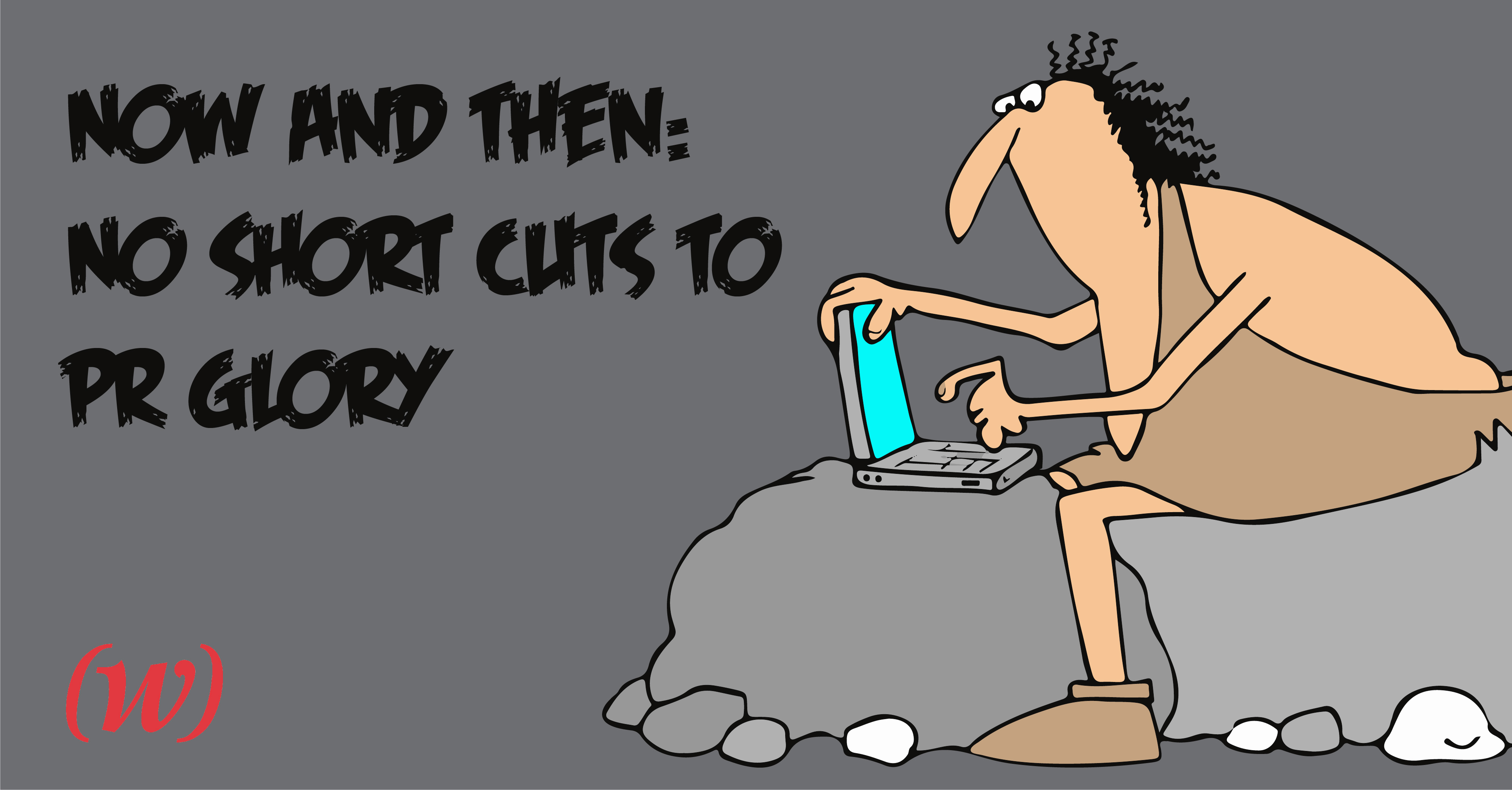

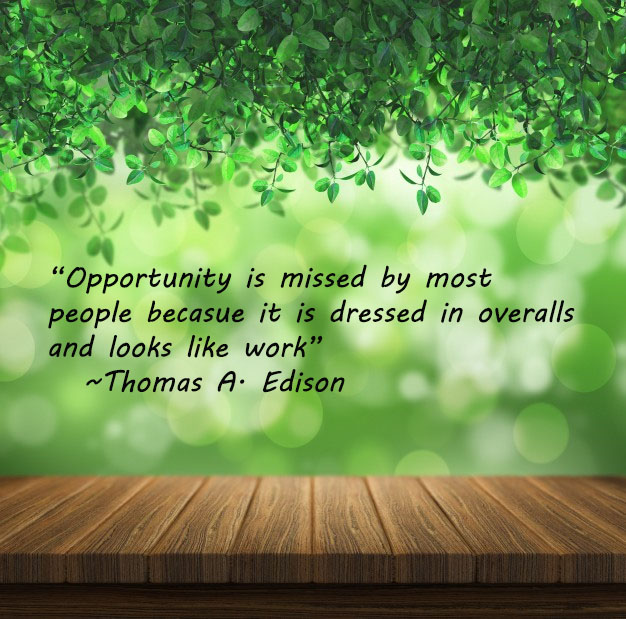

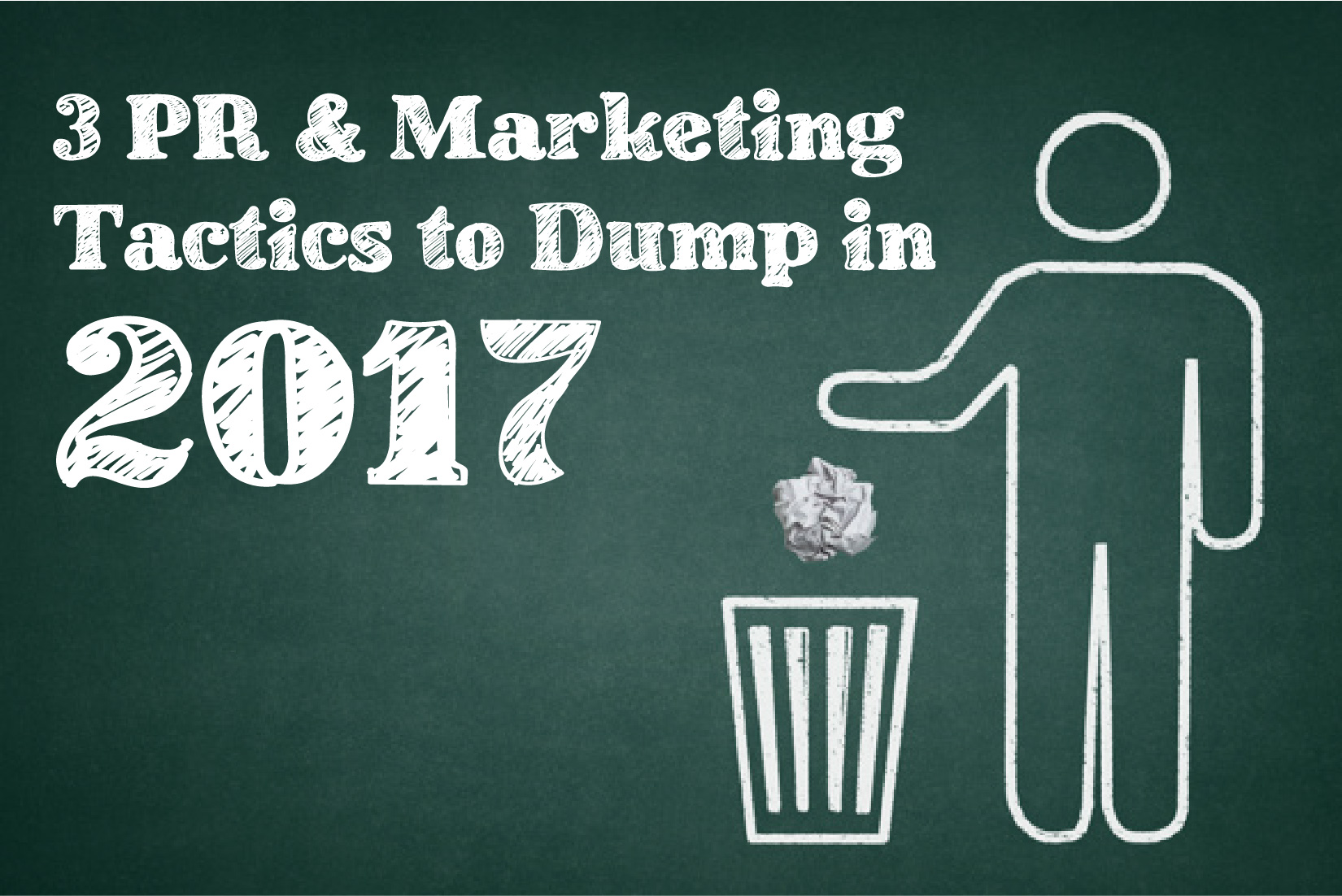

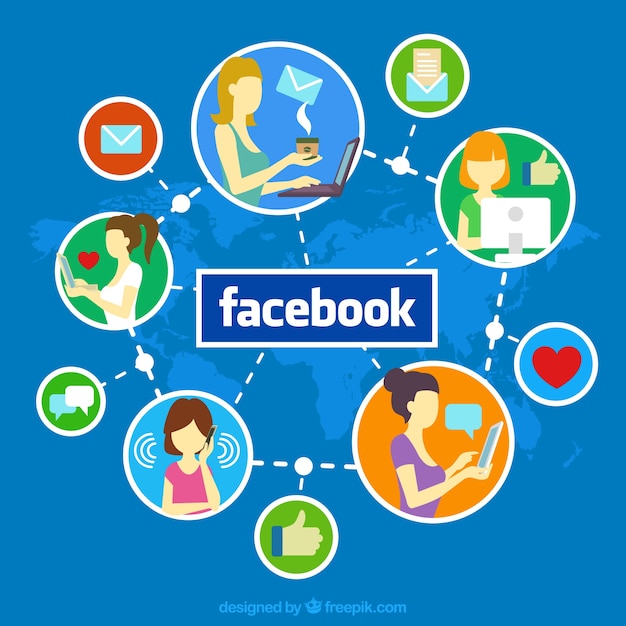












 Grant Wright
Grant Wright Corie Fiebiger
Corie Fiebiger
 Shae Geary
Shae Geary Phelan Riessen
Phelan Riessen Katrina Early
Katrina Early Hamish Marshall
Hamish Marshall